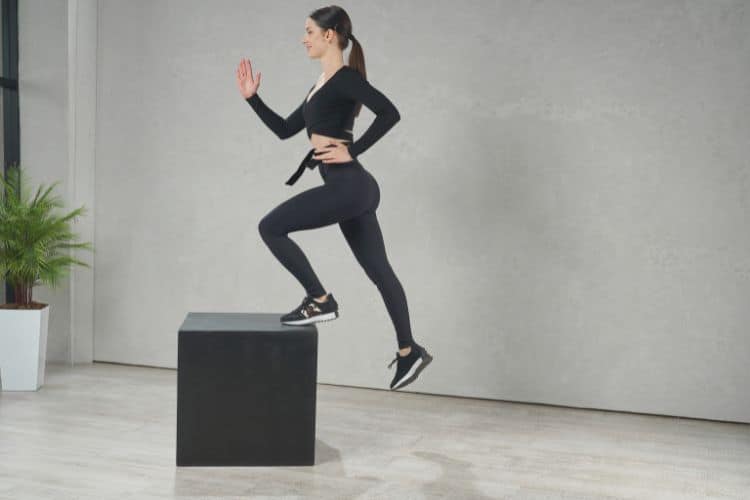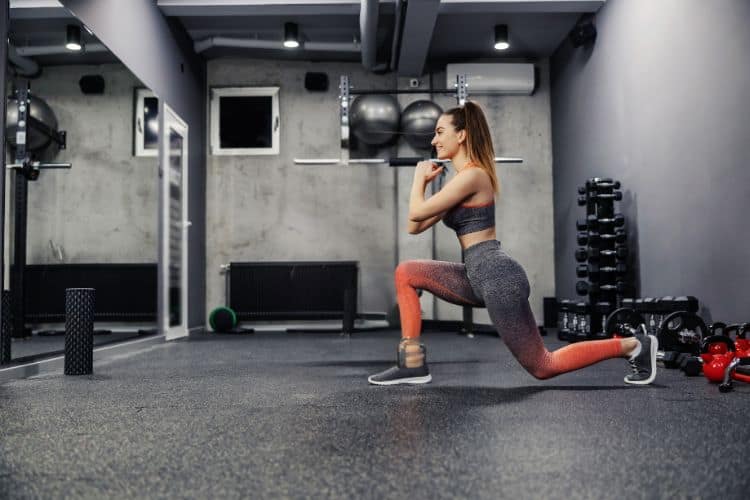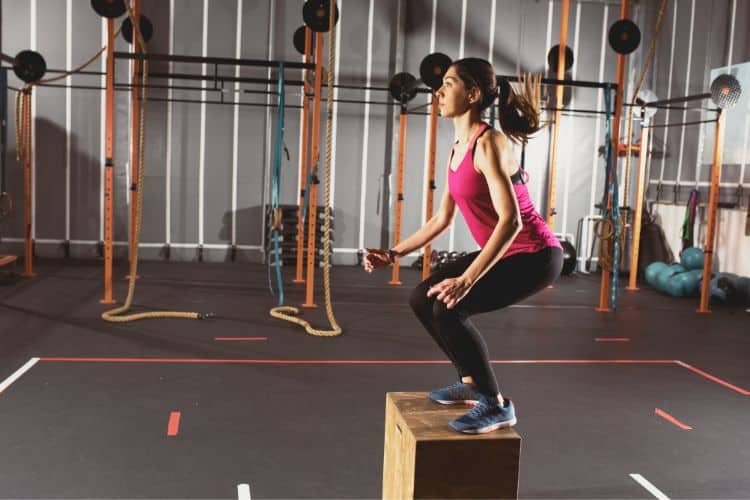Sign up for workout ideas, training advice, reviews of the latest gear and more.






Power training is an essential component of a well-rounded fitness program. It combines speed, strength, and coordination to help you perform daily activities more efficiently while improving athletic performance. If you’re short on time or prefer working out from home, this 30-minute power training at home routine offers maximum results in minimal time—no gym required.
In this blog post, we’ll cover everything you need to know about power workouts at home, including benefits, how to structure your 30-minute session, a detailed workout plan, and tips for optimizing results.
Power training focuses on the ability to exert force quickly. Unlike pure strength training, which emphasizes maximum load, power workouts combine speed and strength, using explosive movements to enhance muscle responsiveness.
Common power-based exercises include jump squats, plyometric push-ups, kettlebell swings, and medicine ball slams—all designed to build explosive strength, burn calories, and improve cardiovascular conditioning.
Engaging in regular power training offers multiple benefits—especially when you follow a focused, time-efficient routine. Here’s why 30 minutes is all you need:
Power training incorporates explosive movements and compound exercises that elevate your heart rate, torch calories, and trigger afterburn (EPOC)—causing your body to burn fat even after the workout ends.
You build lean muscle mass and improve fast-twitch muscle fiber performance, enhancing your ability to lift, push, and move with force and speed.
Because of the high-intensity format, your body demands more energy, leading to improved metabolic rate and quicker results in fat loss.
Whether you’re running, lifting, or simply doing household chores, power training improves coordination, reaction time, and total-body control.
Many power exercises use bodyweight or minimal equipment, making it ideal for home workouts.
A well-structured power session should include warm-up, explosive strength circuits, and cooldown. Here’s a breakdown of how to organize your time:
Let’s dive into each section.
Before jumping into explosive movements, it’s crucial to warm up your muscles to prevent injury and maximize output.
Warm-Up Routine:
These exercises increase circulation, improve mobility, and prepare the body for high-intensity action.
This section features compound, multi-joint movements that boost muscle power, coordination, and calorie burn. Complete the circuit 3 times with minimal rest between exercises.
Targets: Glutes, quads, hamstrings
Explosive squats to improve leg power. Land softly and engage core.
Targets: Chest, triceps, shoulders
Push explosively off the ground. If too advanced, try push-up claps or incline push-ups.
Targets: Legs, glutes, calves
Alternate legs mid-air. This builds unilateral strength and coordination.
Targets: Full body
Combines a squat, jump, and push-up—perfect for power and fat loss.
Targets: Glutes, hamstrings, shoulders
If no kettlebell available, use a loaded backpack or dumbbell. Emphasize the hip thrust.
Targets: Core, legs, cardio
Drive knees as high and fast as possible. Keep your arms pumping.
Targets: Glutes, hamstrings, calves
Leap forward, land soft, shuffle back quickly. Repeat.
Targets: Core, shoulders, cardio
Maintain tight form and increase speed to boost heart rate.
Tip: Adjust work/rest ratios if needed (e.g., 30s work / 30s rest for beginners).
A proper cooldown enhances recovery and prevents soreness.
Cooldown Routine:
Stretching resets your nervous system and lowers cortisol levels.
You can do power training with bodyweight alone, but optional equipment can enhance variety and resistance.
Great for adding load to swings, squats, or lunges.
Add tension during jumps or squats.
Use for slams, throws, or loaded squats.
For depth jumps, step-ups, or box squats.
Want to include this in your regular routine? Here’s a sample weekly split using the 30-minute power workout:
Monday – 30-Minute Power Training at Home
Tuesday – Low-impact cardio or active recovery
Wednesday – Power Training + Core Finisher
Thursday – Yoga or light mobility work
Friday – 30-Minute Power Workout (Add resistance)
Saturday – HIIT + Stretch
Sunday – Rest
This plan balances explosive strength, recovery, and variety.
Training hard is only half the equation. Fueling your body with the right foods helps build muscle and sustain energy.
Drink at least 8–10 cups of water daily, especially on training days.
Explosive moves can cause injury if not executed correctly. Follow these tips:
If you’re looking for a time-efficient, calorie-blasting, strength-enhancing workout, this 30-minute power training at home delivers results. Whether your goal is weight loss, muscle tone, or explosive athleticism, consistent power workouts can transform your fitness in weeks—all from the comfort of your home.
So grab your mat, set your timer, and power up your body today. No fancy gym. No excuses. Just 30 minutes of commitment and sweat.
Yes, power training targets fast-twitch muscle fibers, helping build lean muscle mass and strength, even with bodyweight.
2–4 times per week is ideal, depending on your fitness level and goals.
No, but dumbbells or kettlebells can enhance the workout. Household items like backpacks or water jugs also work.
Absolutely. It combines strength and cardio for maximum fat-burning efficiency.
Ready to transform your body in 30 minutes? Start today with this power-packed home routine.
Want more workout and video guide?
Follow us on Pinterest, Facebook, and Subscribe to our Newsletter and Stay tuned for FREE downloads of our App coming soon!
Stay up to date on the latest women’s health, fitness and lifestyle trends and tips.